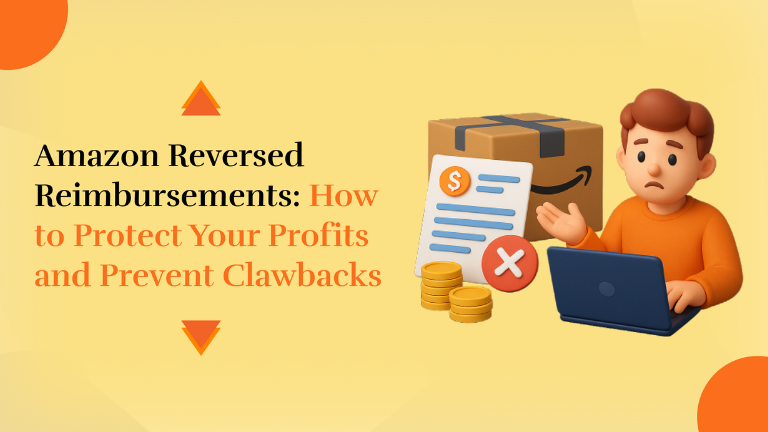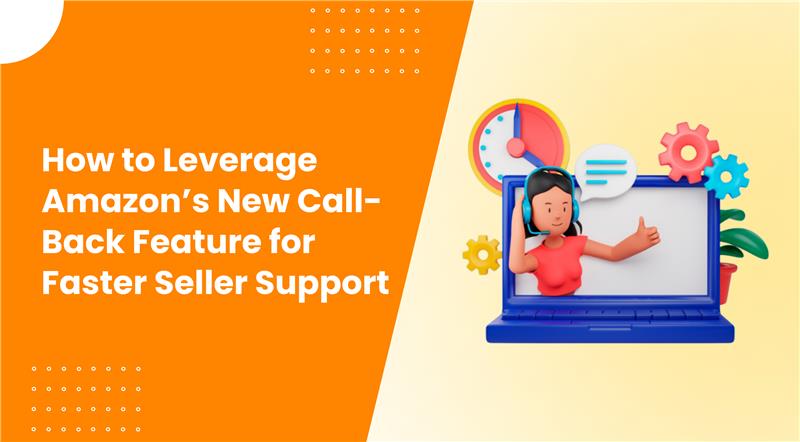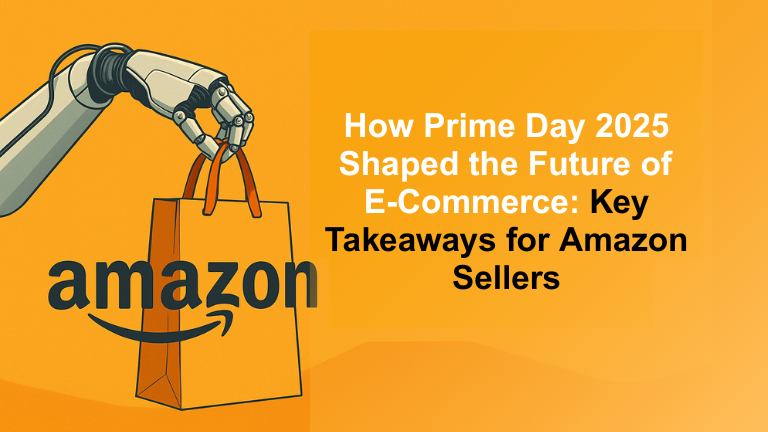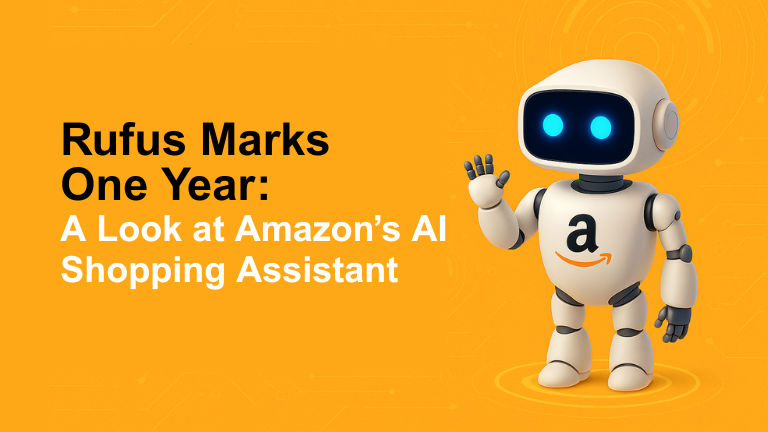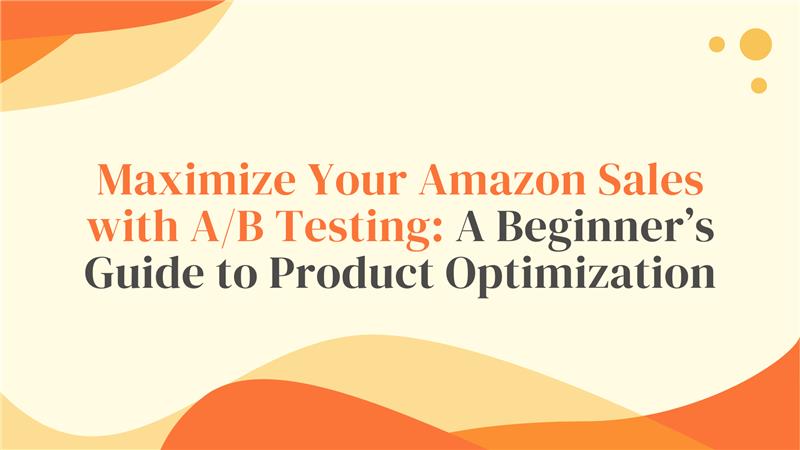Walmart and Amazon Crack Down on Unauthorized Sellers: What It Means for Your Business
In an unprecedented move, Amazon and Walmart are stepping up their efforts to combat unauthorized sellers. With new policies rolling out across both platforms, it’s important for sellers to stay informed and adapt quickly to avoid disruption. What’s Changing for Sellers? Both platforms are introducing stricter seller vetting procedures, cracking down on unauthorized listings, and enforcing tighter control over brand ownership. For sellers in the Beauty and Personal Care category on Walmart, this means presenting additional documentation for approval. Meanwhile, Amazon has updated its ASIN creation policy, preventing third-party sellers without direct brand authorization from listing certain products. Why It’s Crucial for Sellers Unauthorized sellers cause a variety of issues, including fraudulent listings, counterfeit products, and pricing discrepancies. These new policies aim to ensure that only legitimate, authorized sellers are able to offer branded goods on the platforms. Sellers who fail to comply risk having their listings removed, and in some cases, losing access to their selling privileges altogether. How to Adapt to the Changes Register Your Brand: If you haven’t already, make sure your brand is registered on Amazon and Walmart. This will give you more control over your listings and protect your intellectual property. Ensure Proper Documentation: For platforms like Walmart, you will need to provide invoices, certifications, and other documents proving your connection to the brand. Make sure these are up-to-date and easily accessible. Understand New Vetting Processes: Both Amazon and Walmart are introducing new systems for vetting sellers. Be prepared to submit additional information when requested and keep track of any changes in their requirements. Monitor Listings: Keep an eye on your listings for any changes or restrictions. Regularly check for compliance and ensure your inventory is correctly categorized. The Importance of Compliance Remaining compliant with these new policies is crucial not only to avoid penalties but also to protect your reputation and maintain customer trust. By taking proactive steps to meet the requirements, you can safeguard your business and continue to thrive in the competitive Amazon and Walmart marketplaces. As Amazon and Walmart take steps to strengthen their marketplace policies, it’s important to stay ahead of the curve. By ensuring that you’re fully compliant with the latest seller regulations, you’ll be better positioned to grow your business and avoid costly disruptions. If you’re struggling to navigate the new policies or need guidance on how to protect your brand, don’t hesitate to reach out to us for expert support. Let us help you ensure your business stays compliant and successful in this evolving landscape. Contact us today for a consultation Follow BIE on Instagram & Linkedin to stay updated with the trends.
Walmart and Amazon Crack Down on Unauthorized Sellers: What It Means for Your Business Read More »





